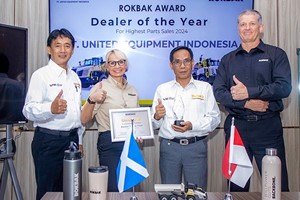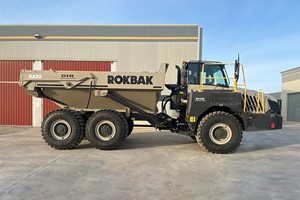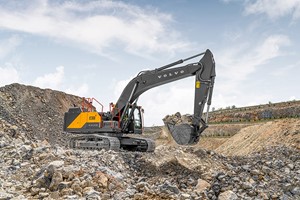Komatsu, a prominent manufacturer in the global construction and mining equipment sector based in Japan, has launched the second generation of its Z2 product line. This new iteration includes battery-electric versions of the ZJ21 jump drill and ZB21 bolter, catering to the small-class segment.
According to Komatsu, the ZB21 and ZJ21 represent the smallest size-class drills and bolters available with a battery-electric vehicle option. These machines feature a modular battery driveline boasting 83 kWh of onboard energy, tailored for rigorous tram cycles and the challenges encountered in hard rock mining environments.
The ZJ21 jumbo drill, a single-boom development drill, comes equipped with a fully enclosed operator cabin, drilling feeds, pilot hydraulics, and drifters manufactured by Montabert, a subsidiary of Komatsu based in France. Similarly, Montabert provides the drifters for the ZB21 bolter. The bolter also offers an optional pumpable resin system attachment utilizing a two-part resin from Jennmar, a company based in the United States.
Komatsu highlights that both product lines now include battery-electric variants featuring their innovative approach to Battery Electric Vehicles (BEV). These variants are equipped with onboard, smart, opportunistic charging capabilities, designed for seamless integration and compatibility with existing mine infrastructure.
Johan Kempe, Komatsu's product director for underground drilling, emphasized the strategic significance of these advancements: "As underground mining operations increasingly pivot towards fleet electrification, our battery-powered Z2 jumbo drills and bolters will facilitate this pivotal transition. Through integration into existing infrastructure, we aim to enhance productivity while contributing to reduced operating costs."
By Mitchell Keller














